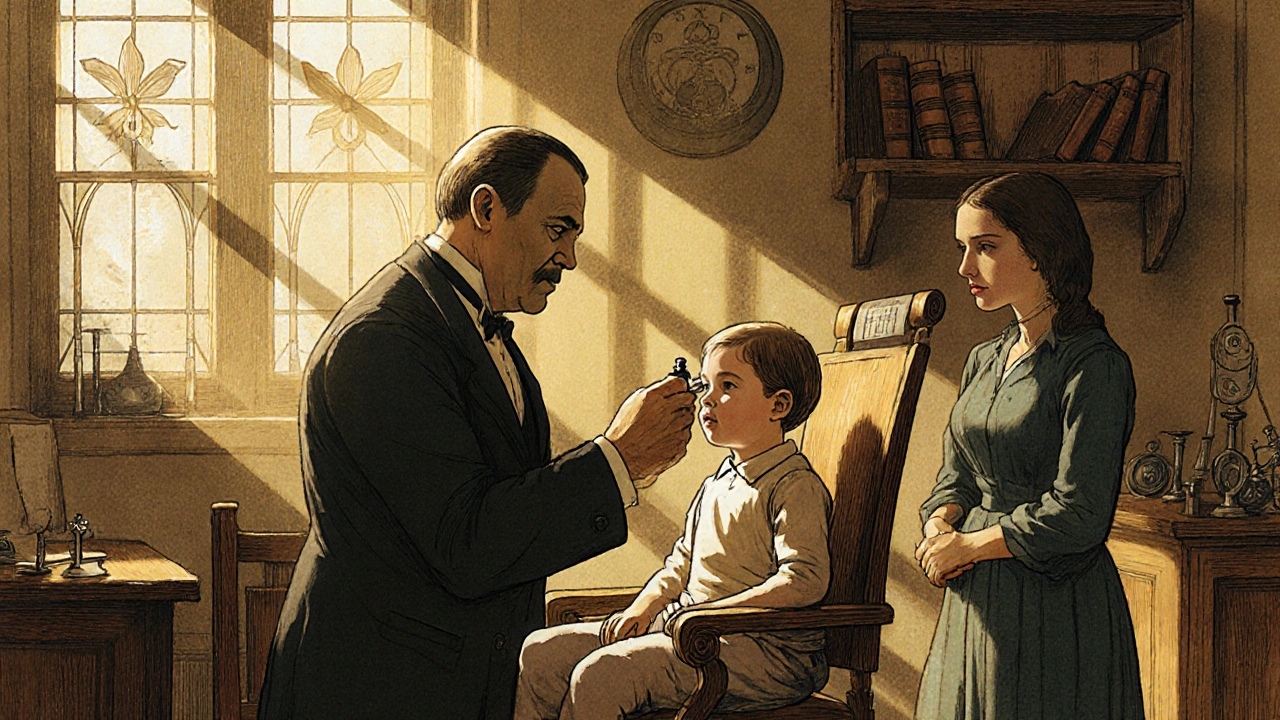Ophthalmic Dilating Drops: What They Are, How They Work, and What to Expect
When you get an eye exam, your doctor might put in a few drops that make your pupils go big—that’s ophthalmic dilating drops, eye drops specifically designed to widen the pupil for a thorough examination of the back of the eye. Also known as mydriatics, these aren’t just for fun—they’re a critical tool for spotting problems like glaucoma, diabetic retinopathy, or retinal tears before they cause damage. Without them, your doctor can’t see enough of your retina, optic nerve, or blood vessels to make an accurate call.
These drops work by either blocking the muscles that make your pupil shrink or by stimulating the ones that make it open wide. Common types include tropicamide, phenylephrine, and cyclopentolate. Tropicamide is the go-to for routine exams—it works fast and wears off in a few hours. Phenylephrine is often added to make dilation stronger, especially if the doctor suspects something serious. Cyclopentolate lasts longer and is used more for kids or when a deeper look is needed. You’ll feel a slight sting, then your vision gets blurry, especially up close. Bright lights will bother you. That’s normal. You’re not going blind—you’re just seeing the world through a tunnel for a while.
People often ask if these drops are safe. For most, yes. But if you have glaucoma, heart issues, or certain allergies, your doctor needs to know. Some drops can raise eye pressure or cause a spike in heart rate, especially in older adults. That’s why your medical history matters. And while kids handle them well, they can get extra sleepy or irritable afterward—watch for that. You won’t need a ride home for every exam, but if you’re getting a full dilation with cyclopentolate or it’s your first time, it’s smart to plan ahead. Sunglasses help. So does avoiding reading or screen time for a few hours.
What you won’t find in most doctor’s offices is a full explanation of why you’re getting these drops. They’re routine, so they’re often rushed. But understanding them changes how you think about your eye health. These aren’t just a step in a checklist—they’re your best shot at catching vision-robbing problems early. And if you’ve had a bad reaction before, or if your eyes stay dilated for more than 24 hours, that’s not normal. It’s worth asking about.
Below, you’ll find real-world guides on what to expect, how to manage side effects, and how these drops fit into broader eye care—whether you’re getting checked for the first time or you’ve had them every year for decades. No fluff. Just what works, what doesn’t, and what you need to know to protect your sight.

Cyclogyl vs Alternatives: Compare Cyclopentolate Ophthalmic Eye Drops for Eye Exams
Cyclogyl (cyclopentolate) dilates pupils for eye exams but has longer-lasting effects and more side effects than alternatives like tropicamide. Learn when each option is best and what to ask your eye doctor.
